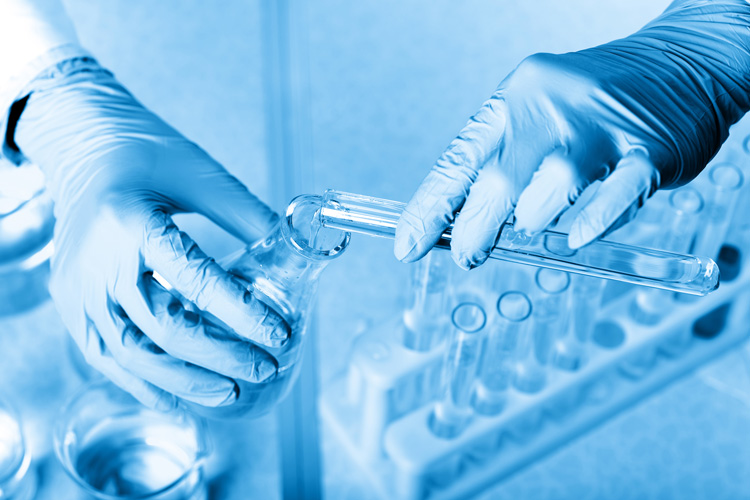+86-13961672821
+86-510-86268020
trust@hi2000.com
trust@hi2000.com
Room 807,No.169 Changjiang road,Huifu plaza,New centre,Jiangyin,Jiangsu China



| Availability: | |
|---|---|








| Product Name | GABA |
| Synonyms | Gaba; gamma-aminobutyric acid; piperidinic acid; γ-aminobutyric acid; piperidic acid; gamma aminobutyric acid; 4-aminobutanoic acid; 4-amino-n-butyric acid; alpha-aminobutanoic acid; aminobutyric acid, 4-; aminobutyric-4 acid; aurora ka-1053; h-4-aminobutyric acid; gamma.-aminobutyric acid; 4-amino butyric acid; Gamma Amino Butyric Acid |
| Molecular Formula | C4H9NO2 |
| Molecular Weight | 103.1198 |
| CAS Reg;istry Number | 56-12-2 |
| Molecular Structure |  |
| Product Application | It can reduce blood ammonia levels and promote brain metabolism. It is used to treat various types of hepatic coma and is also used for post-stroke sequelae, cerebral arteriosclerosis, sequelae of head injury, as well as comas caused by uremia, gas poisoning, etc.It is used as a biochemical reagent and also in pharmaceuticals and organic synthesis. |
Gamma-Aminobutyric Acid (GABA), with the CAS number 56-12-2,.
GABA has a molecular formula of C4H9NO2, a molar mass of 103.12
It is a white or almost white crystalline powder, slightly odorous, with strong hygroscopicity.
and is easily soluble in water and hot ethanol.
It has a melting point of 195°C (decomposition) and a predicted boiling point of 248.0°C.
GABA plays a crucial role in brain energy metabolism, and is a significant neurotransmitter in the brain,
known for its inhibitory function in the central nervous system.
promoting the biosynthesis of acetylcholine, reducing blood ammonia, and enhancing glucose phosphatase activity.
Clinically, it is used to treat memory disorders, language disorders, paralysis due to hepatic coma and cerebrovascular disorders, and as a sequelae treatment for traumatic brain injury, infantile spasm, and epilepsy.
It is administered intravenously or orally, with specific dosages tailored to the condition being treated.
In research, GABA serves as a pharmaceutical intermediate and is used in the synthesis of various compounds.
It has lipid-lowering effects and is suitable for treating and preventing hepatic coma.
Additionally, it is used for treating polio, cerebral hemorrhage, and as an antidote for gas poisoning.
Safety data indicates that GABA has an LD50 of 4-5g/kg in mice, and caution is advised due to potential side effects such as gastrointestinal dysfunction and respiratory depression.
It is a major neurotransmitter that interacts with GABAA and GABAB receptors, increasing chloride conductance and contributing to its therapeutic effects.
| Product Name | GABA |
| Synonyms | Gaba; gamma-aminobutyric acid; piperidinic acid; γ-aminobutyric acid; piperidic acid; gamma aminobutyric acid; 4-aminobutanoic acid; 4-amino-n-butyric acid; alpha-aminobutanoic acid; aminobutyric acid, 4-; aminobutyric-4 acid; aurora ka-1053; h-4-aminobutyric acid; gamma.-aminobutyric acid; 4-amino butyric acid; Gamma Amino Butyric Acid |
| Molecular Formula | C4H9NO2 |
| Molecular Weight | 103.1198 |
| CAS Reg;istry Number | 56-12-2 |
| Molecular Structure |  |
| Product Application | It can reduce blood ammonia levels and promote brain metabolism. It is used to treat various types of hepatic coma and is also used for post-stroke sequelae, cerebral arteriosclerosis, sequelae of head injury, as well as comas caused by uremia, gas poisoning, etc.It is used as a biochemical reagent and also in pharmaceuticals and organic synthesis. |
Gamma-Aminobutyric Acid (GABA), with the CAS number 56-12-2,.
GABA has a molecular formula of C4H9NO2, a molar mass of 103.12
It is a white or almost white crystalline powder, slightly odorous, with strong hygroscopicity.
and is easily soluble in water and hot ethanol.
It has a melting point of 195°C (decomposition) and a predicted boiling point of 248.0°C.
GABA plays a crucial role in brain energy metabolism, and is a significant neurotransmitter in the brain,
known for its inhibitory function in the central nervous system.
promoting the biosynthesis of acetylcholine, reducing blood ammonia, and enhancing glucose phosphatase activity.
Clinically, it is used to treat memory disorders, language disorders, paralysis due to hepatic coma and cerebrovascular disorders, and as a sequelae treatment for traumatic brain injury, infantile spasm, and epilepsy.
It is administered intravenously or orally, with specific dosages tailored to the condition being treated.
In research, GABA serves as a pharmaceutical intermediate and is used in the synthesis of various compounds.
It has lipid-lowering effects and is suitable for treating and preventing hepatic coma.
Additionally, it is used for treating polio, cerebral hemorrhage, and as an antidote for gas poisoning.
Safety data indicates that GABA has an LD50 of 4-5g/kg in mice, and caution is advised due to potential side effects such as gastrointestinal dysfunction and respiratory depression.
It is a major neurotransmitter that interacts with GABAA and GABAB receptors, increasing chloride conductance and contributing to its therapeutic effects.